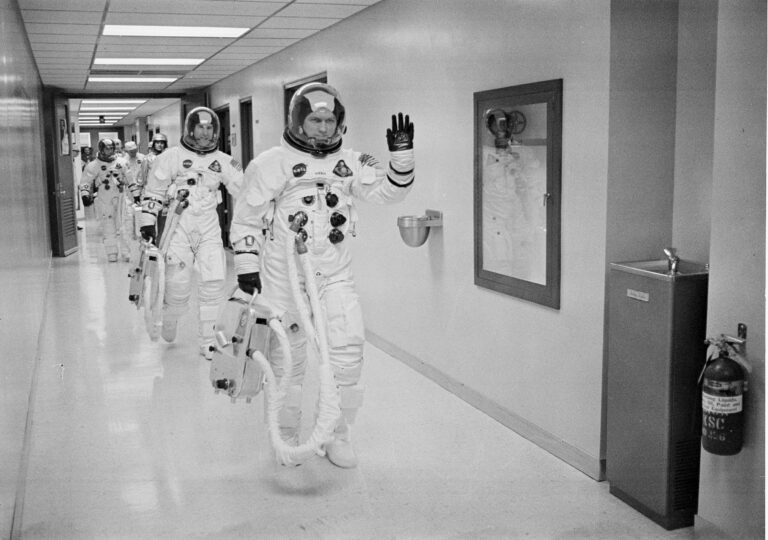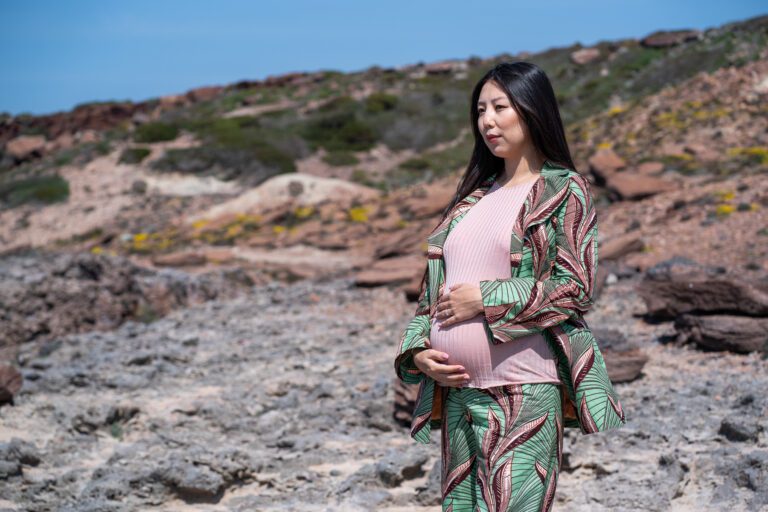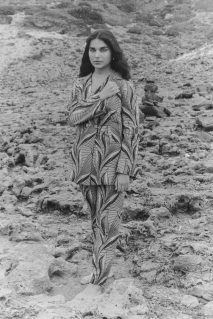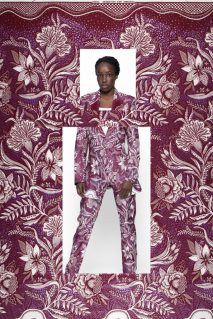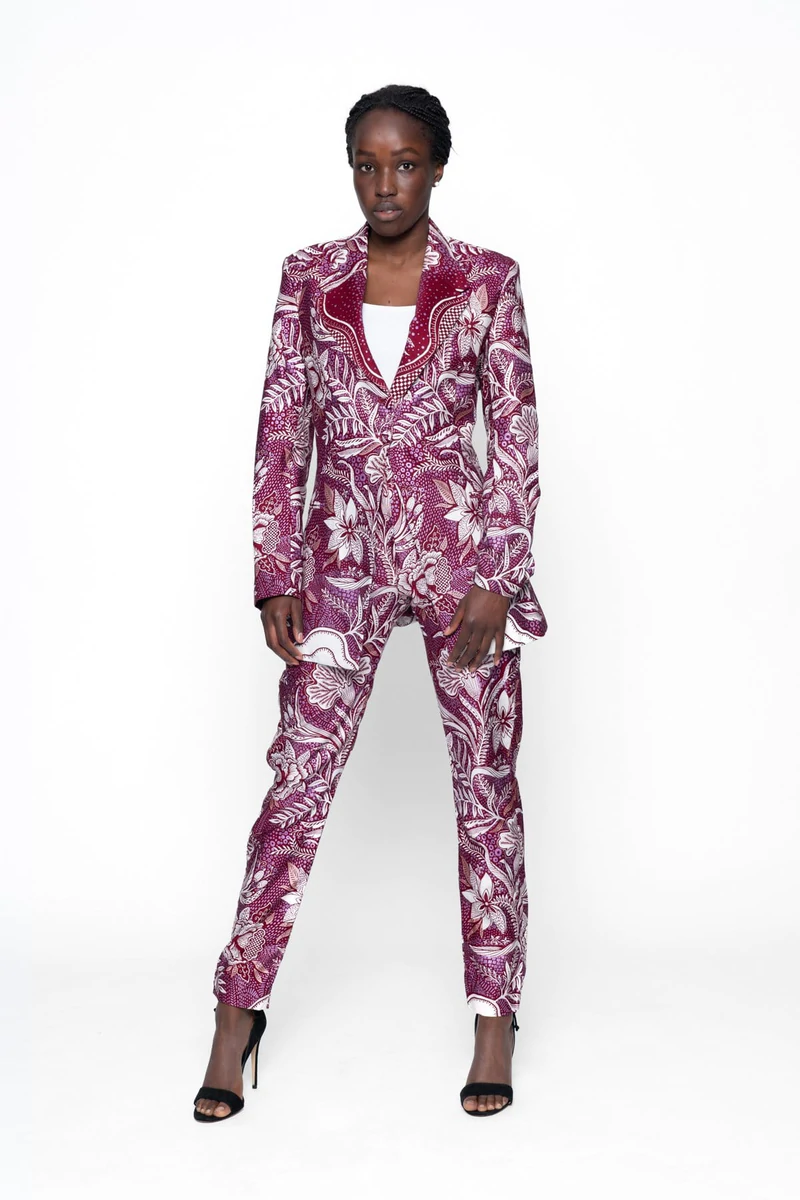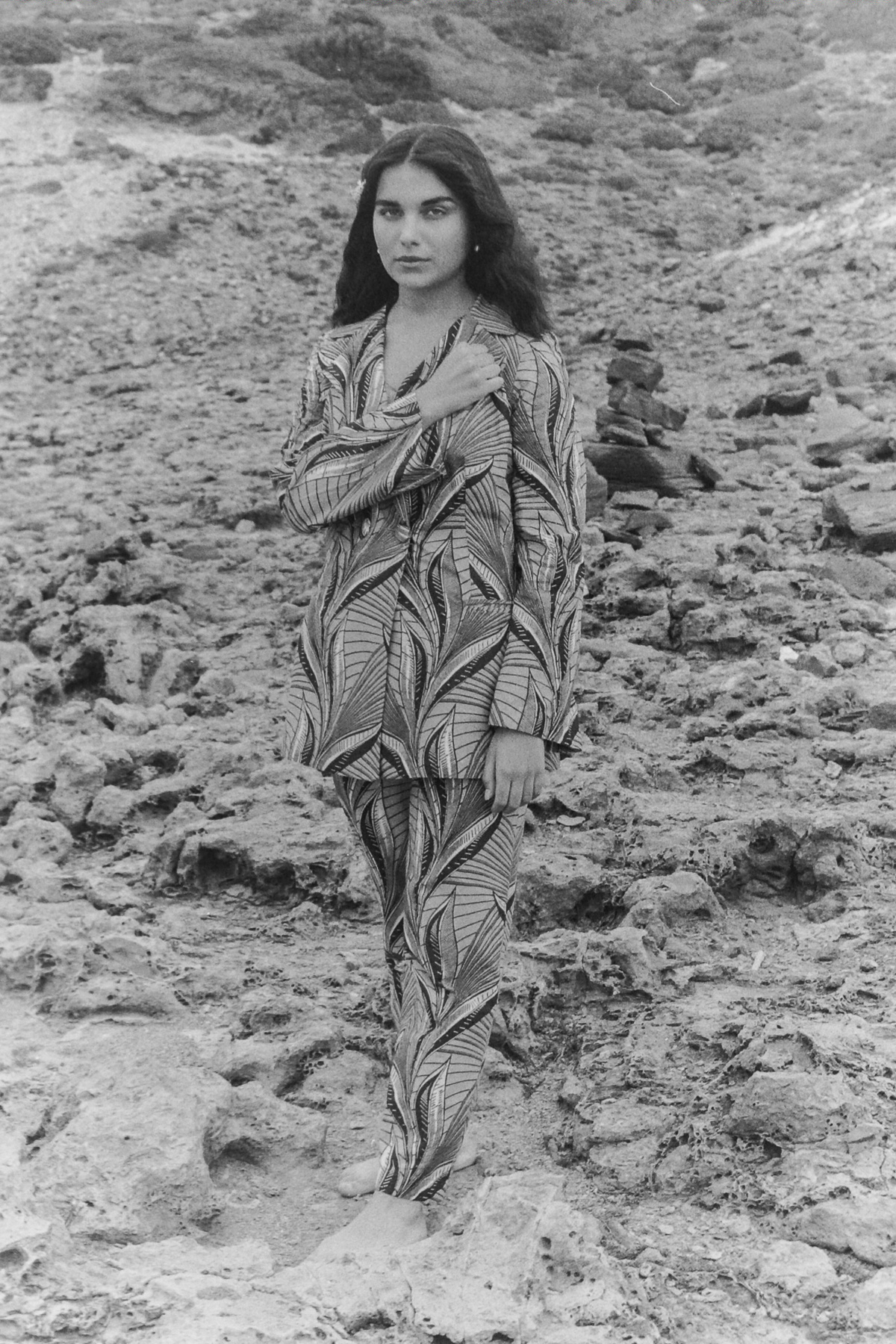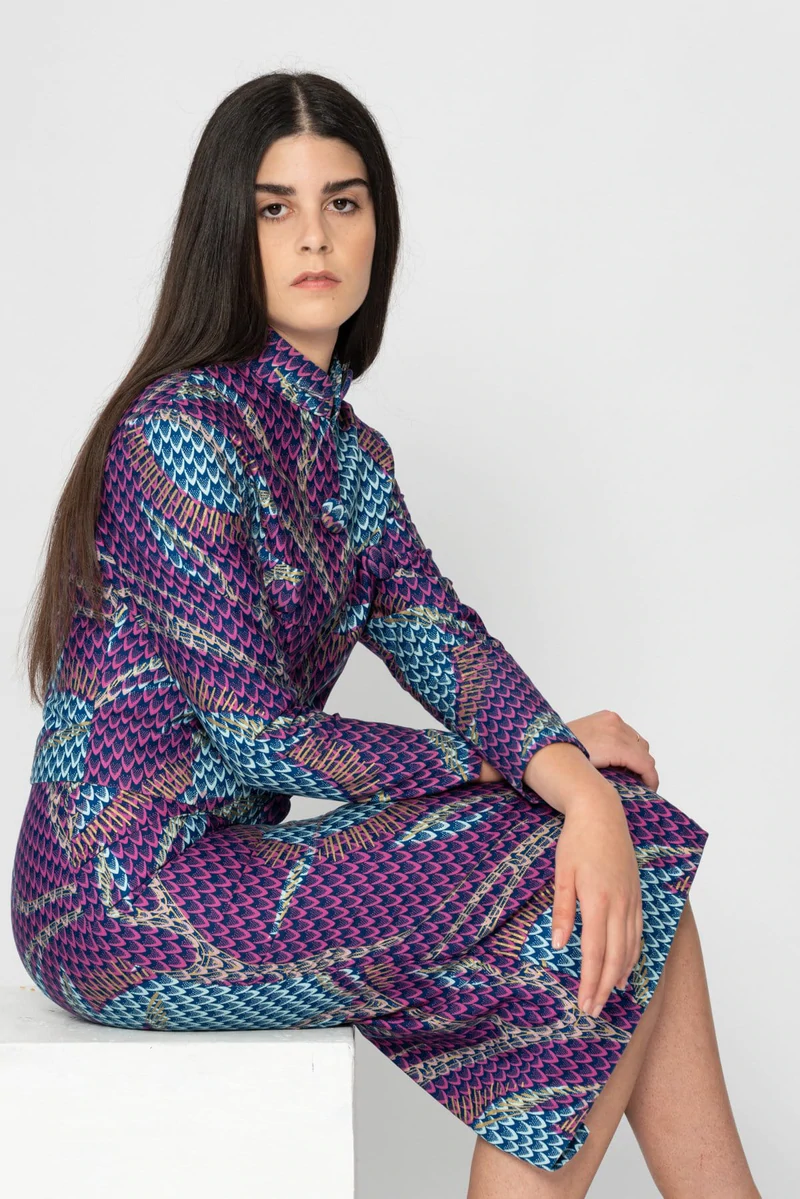Why I’m wearing everything in my closet at least 30 times
And why it’s something we all need to do
How often do you wear your clothes? Possibly not as often as you did 20 years ago. The average consumer bought 60 percent more pieces of clothing in 2014 than they did in 2000, but they only wore them half as often. This isn’t just a problem for our overstuffed closets; it’s a problem for our entire planet.
The environmental cost of fast fashion
We all know that the fashion industry is enormously harmful to the environment. The UN Conference on Trade and Development (UNCTAD) considers the fashion industry to be the second most polluting industry in the world, responsible for polluting water as well as wasting it (it takes an estimated 7,500 litres of water to make a pair of jeans). Around 85 percent of textiles are thought to end up in landfill.
The global fashion industry accounted for around 2.1 billion tonnes of greenhouse gas emissions in 2018, 4 percent of the world’s total. In order to stay on the 1.5-degree pathway established by the Paris Agreement (the goal of limiting this century’s global rise in temperature to 1.5 degrees Celsius above pre-industrial levels), the industry needs to cut these emissions by 1.1 billion tonnes — in other words, by nearly half.
It’s a big number, and the industry can’t do it on its own. Consumers need to play their part too. According to a recent report by McKinsey & Company, changes in consumer behaviour will be responsible for driving around 20 percent of that reduction.

It’s not just brands that need to change
As the founder of a sustainable fashion label, I’m doing everything I can to reduce Maakola’s impact on the environment, from using a made-to-order production model that eliminates waste to only working with high-quality fabrics that stand the test of time.
But I realize that these actions alone are not enough.
One of my main objectives is to connect consumers to the social and environmental ecosystem behind the fashion industry. Why? Because what we buy, where we buy it from, and how we treat it, matters. This makes the consumer directly connected to the industry, and the factors surrounding it.
One of our goals is to use technology to mime the natural ecosystem. To create a mainstream way that determines the sustainable practices of consumers. And teaches them how their actions matter.
WearMe30Times takes us one step closer to this goal. This initiative will help us shape our environment and show the transparency of our production methods. As a brand, we have the responsibility to equip our customers with the tools that can help them understand their role. It can help transform their consumer behaviour and have a direct influence on the overall footprint of fashion.
Finding a solution
Searching for a solution, I found inspiration in a quote from a fellow Italian: Livia Firth, the eco-activist known for her influential green carpet challenge. It was Firth who famously set the benchmark of 30 wears. “The biggest message is every time you buy something, always think, ‘Will I wear it a minimum of 30 times?’ If the answer is yes, then buy it. But you’d be surprised how many times you say no.”
This is a simple step within everyone’s reach. I partnered with a technology company, Genuine Way, to create a QR code for garment labels. By scanning that QR code every time they wear a garment, consumers can keep track of its wear and build up to the magic number of 30 (and there’s a social media selfie challenge to help them reach that goal).
With WearMe30Times, we want to empower consumers to understand how their actions impact on the environment. Until now, consumers have been considered passive actors, an external part of the value chain. Instead, we want to give them tools that can help them monitor their choices. Consumers just as much as brands have the power to reshape markets and define how consumption behaviors can influence the effects of climate change, and ultimately the survival of our species.
The more often we wear a single piece of clothing, the smaller our fashion footprint is — and that has a direct impact on our planet. I’m committing to wearing everything in my closet at least 30 times, and I’m hoping to make it easy for everybody else to do so too.
Aurora
